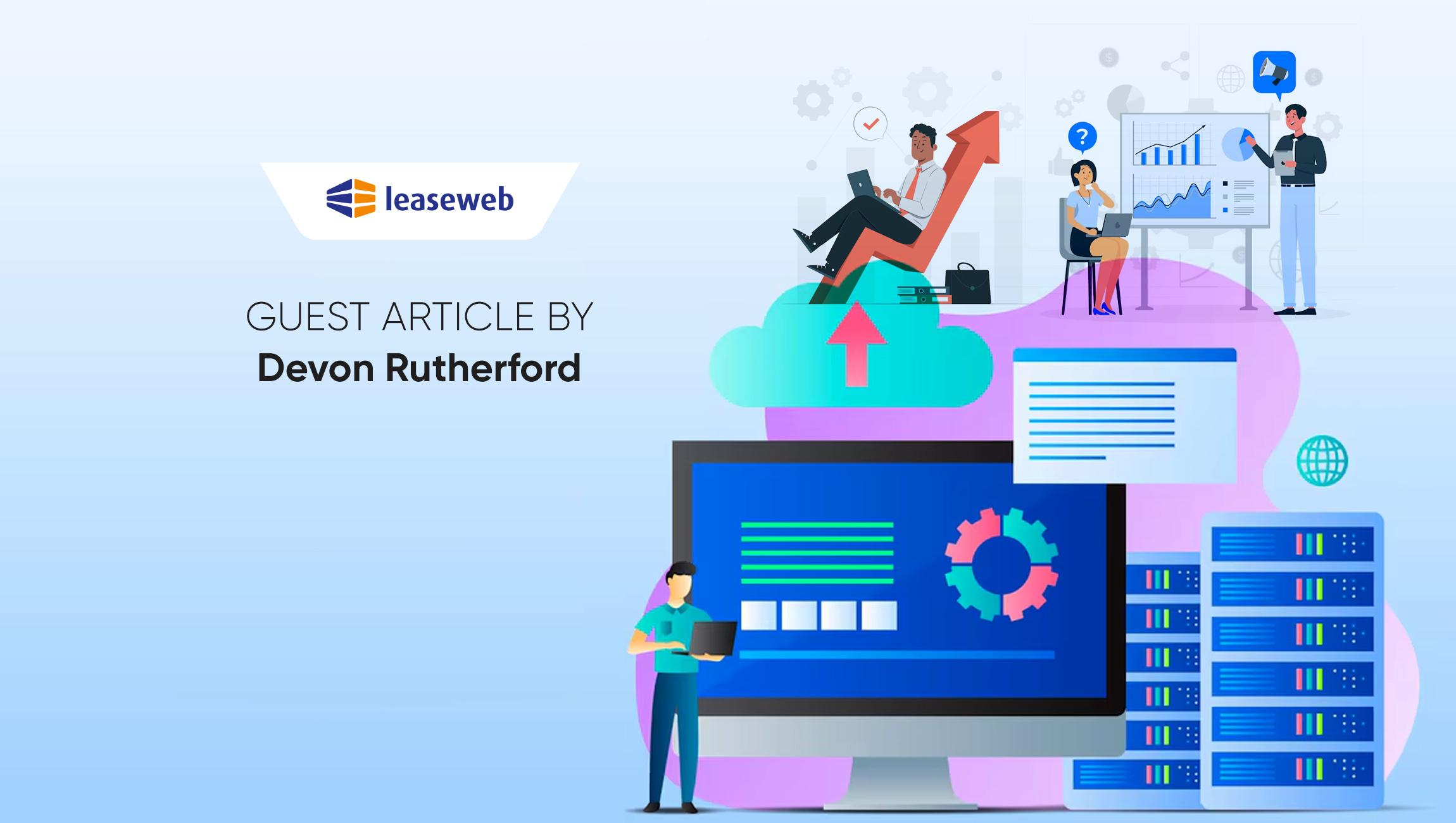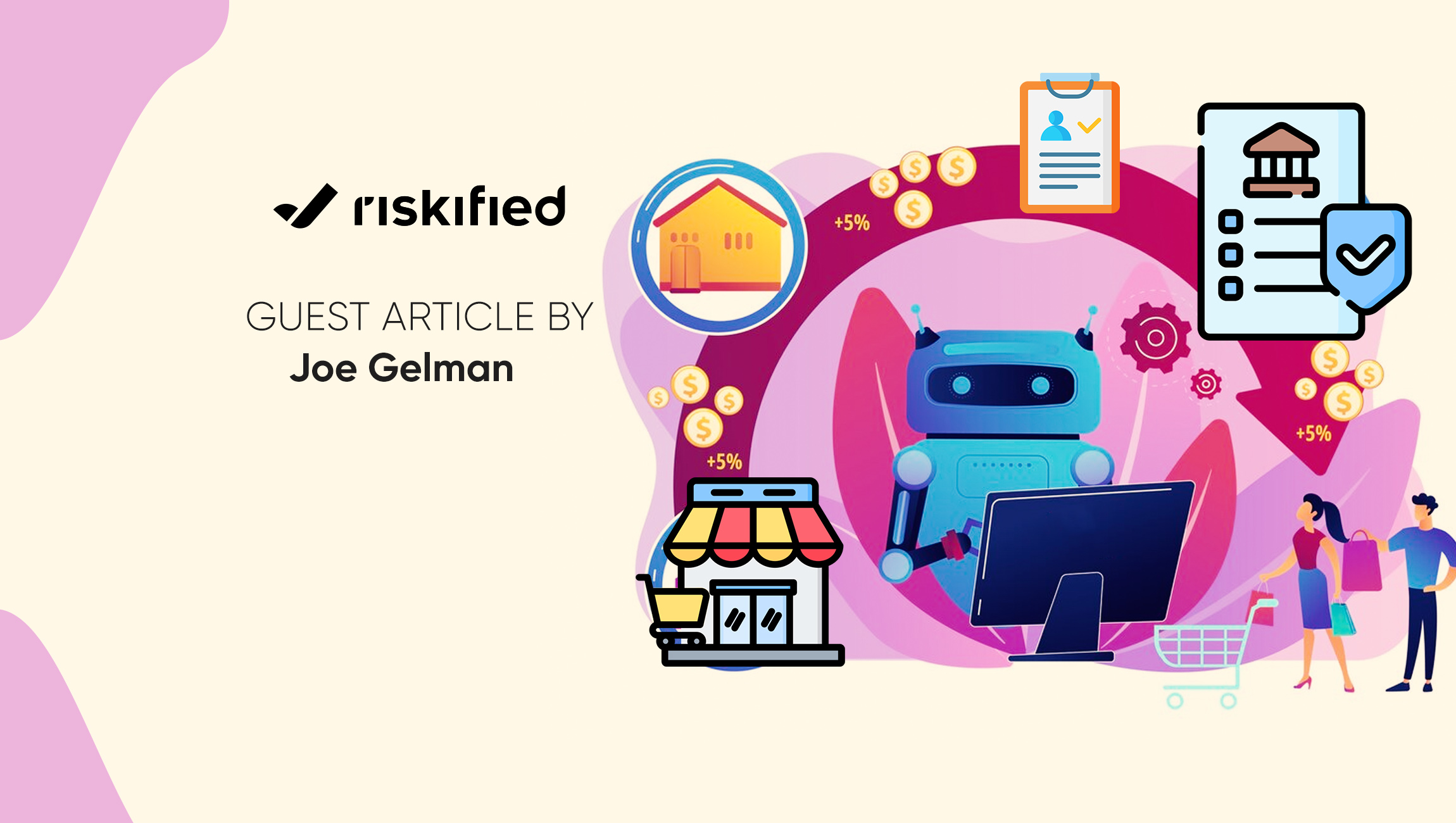The marketing industry is rapidly expanding, with departments growing and strategies shifting toward digital platforms and channels. On top of that, the day-to-day responsibilities of marketers are increasingly becoming more virtual and beginning to overlap with IT teams.
Now, the industry and its many technologies demand data hosting solutions that can scale and keep up with their growth and evolution. To stay competitive in the fast-paced field, marketing businesses must invest in the most flexible, scalable, and high-performance hosting solutions, typically with hybrid architecture.
A Step Back: The Current State of Marketing’s Approach to Data Hosting
Until now, most of the marketing industry has built its infrastructure and data hosting solutions around high-performing systems that minimize latency to process data in real-time, supporting tasks like dynamic targeting, bid management, ad fraud detection, and analytics. As an example, for data pipeline efficiency, most digital marketers are doing so with technologies that require fast read/write speeds, like Apache Kafka or Aerospike. In turn, the industry has gravitated toward bare metal servers. Bare metal servers are known for their low latency due to their direct access to hardware and dedicated resources that are exclusive to a single tenant or user, making them ideal for the demands of marketing. However, as energy demands and workloads continue to increase, marketers and their IT teams are going to have to reevaluate if their current solutions are up to the task.
MarTech’s Growth and Its Future
As it stands, the marketing industry’s on-premises servers cannot handle the trajectory of the field’s increasing usage and reliance on advanced technologies. A recent study found that the industry has experienced a significant 27.8% growth year-over-year. From 2023 to now, there’s been an increase from 11,038 MarTech solutions to a remarkable 14,106. When relying solely on bare metal servers, though, companies can struggle to match pace and scale quickly with new technology.
With standalone server hardware, volume is limited (as one machine can only handle so many requests), and it can be difficult to balance workloads across multiple machines. Companies invest in additional hardware or software load-balancing solutions to disperse workloads across multiple physical servers. Also known as horizontal scaling, this approach can sometimes result in an underutilization problem where companies invest in more hardware and then experience lower demand, making it unsustainable for businesses needing to scale quickly.
While some business leaders continue to stick with strictly on-premises solutions, Gartner research says the cloud will become a business necessity by 2028, and global public cloud services spending will total $679 billion this year. As the marketing sector consistently grows and organizations begin to search for digital solutions that can grow with them, enterprises are increasingly turning to vertical scaling, building additional resources into the cloud. Companies don’t have to worry about excess hardware and can enhance their workloads on existing machines, regardless of fluctuating demand.
Marketing Technology News: MarTech Interview with Stacy Bohrer, VP of Buyer Development (North America) @ OpenX
Building into the Cloud
The other reality is that more and more industries are incorporating AI workloads into their technologies and business practices – marketing included. These new workloads require massive amounts of power, and companies need trustworthy hosting solutions that can match and scale accordingly.
A research study in March of 2023 found that 73% of marketing professionals were already using generative AI technology for a variety of use cases: helping to create text, images, videos, and other content. In marketing, AI presents a slew of benefits including churning out content, analyzing predictive outcomes, as well as identifying customer and competitor trends.
Since AI has high computing demands for training large datasets and managing complex neural networks, marketers need to reconsider working solely with fixed bare metal servers. Businesses need more scalable and robust solutions, which the cloud provides. In addition to their hardware, the best solution for companies that require AI or GPU workload-driven solutions is taking a hybrid approach by adding additional cloud infrastructure to take on greater processing demands. This allows users to increase or decrease workloads easily to meet performance demands without under- or over-provisioning.
The Switch to Hybrid Models
By leveraging a hybrid infrastructure that incorporates both cloud and on-premises hosting options, businesses can strategically manage, scale, and optimize their computing resources. This method allows companies to efficiently scale their workloads, adjusting the amount of computation and storage capacity as needed to ensure cost-effectiveness. By embracing a hybrid architecture, businesses can dynamically expand or reduce their resources based on demand, thereby paying only for the resources they use at different stages of the operational lifecycle.
As digital demands continue to evolve, marketers should explore the benefits of diversifying their infrastructure and integrating cloud solutions to enable seamless scalability and improved performance for their modern digital initiatives.
Marketing Technology News: Server-side tags are more critical — and simple — than ever
The SalesStar Podcast –
Episode 209: B2B SaaS Marketing and MarTech Best Practices with Ryan Nelsen, CMO at StackAdapt











